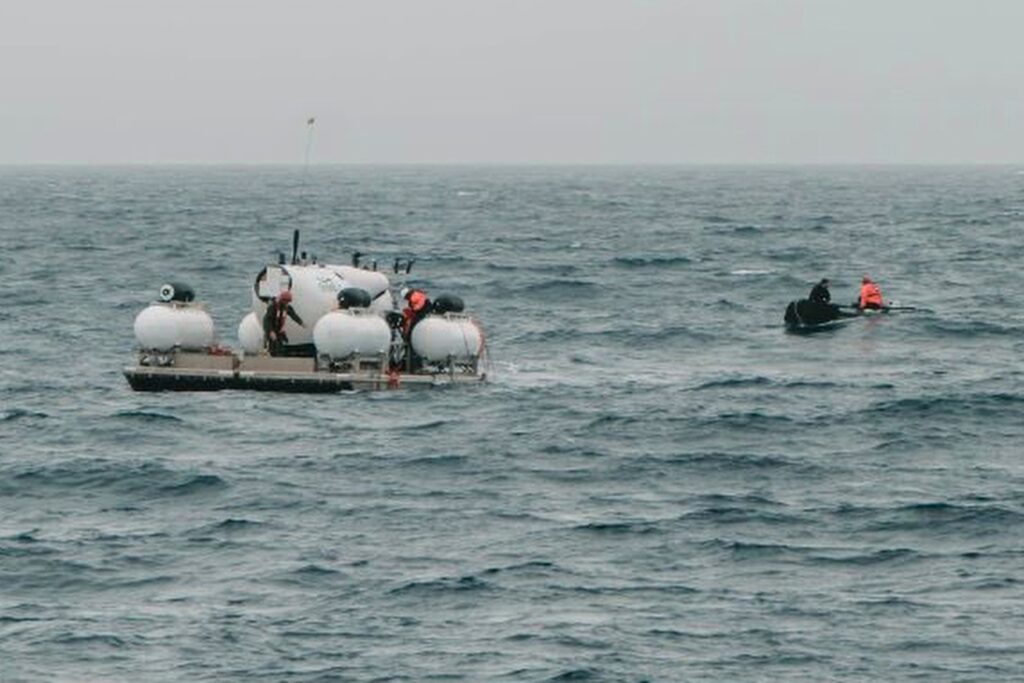
Officials are in a race against time to find a civilian submersible that had five people aboard after it went missing Sunday in the North Atlantic while voyaging to the wreckage of the Titanic.
The 21-foot vessel has four days of emergency capability, the leader of search and rescue efforts said Monday afternoon, as crews with the U.S. and Canadian coast guards continued scouring the ocean’s surface about 900 miles east of Cape Cod and used sonar to listen for sounds far below the water.
The missing explorers sailed 350 miles to the coordinates of the wreck and were to spend eight days on board the ship, taking it in turns to complete the eight-hour submarine mission to The Titanic.
Here’s a look at the ocean where the Titanic went down on April 14, 1912.
According to NOAA, the average ocean depth is 12,566 feet.
The greatest ocean depth, however, is 36,200 feet.
Pressure in the ocean is measured in terms of atmospheres. One atmosphere is equal to the weight of the earth’s atmosphere at sea level, about 14.6 pounds per square inch. If you are at sea level, each square inch of your surface is subjected to a force of 14.6 pounds.
The pressure increases about one atmosphere for every 10 meters of water depth.
At a depth of 5,000 meters the pressure will be approximately 500 atmospheres or 500 times greater than the pressure at sea level.
